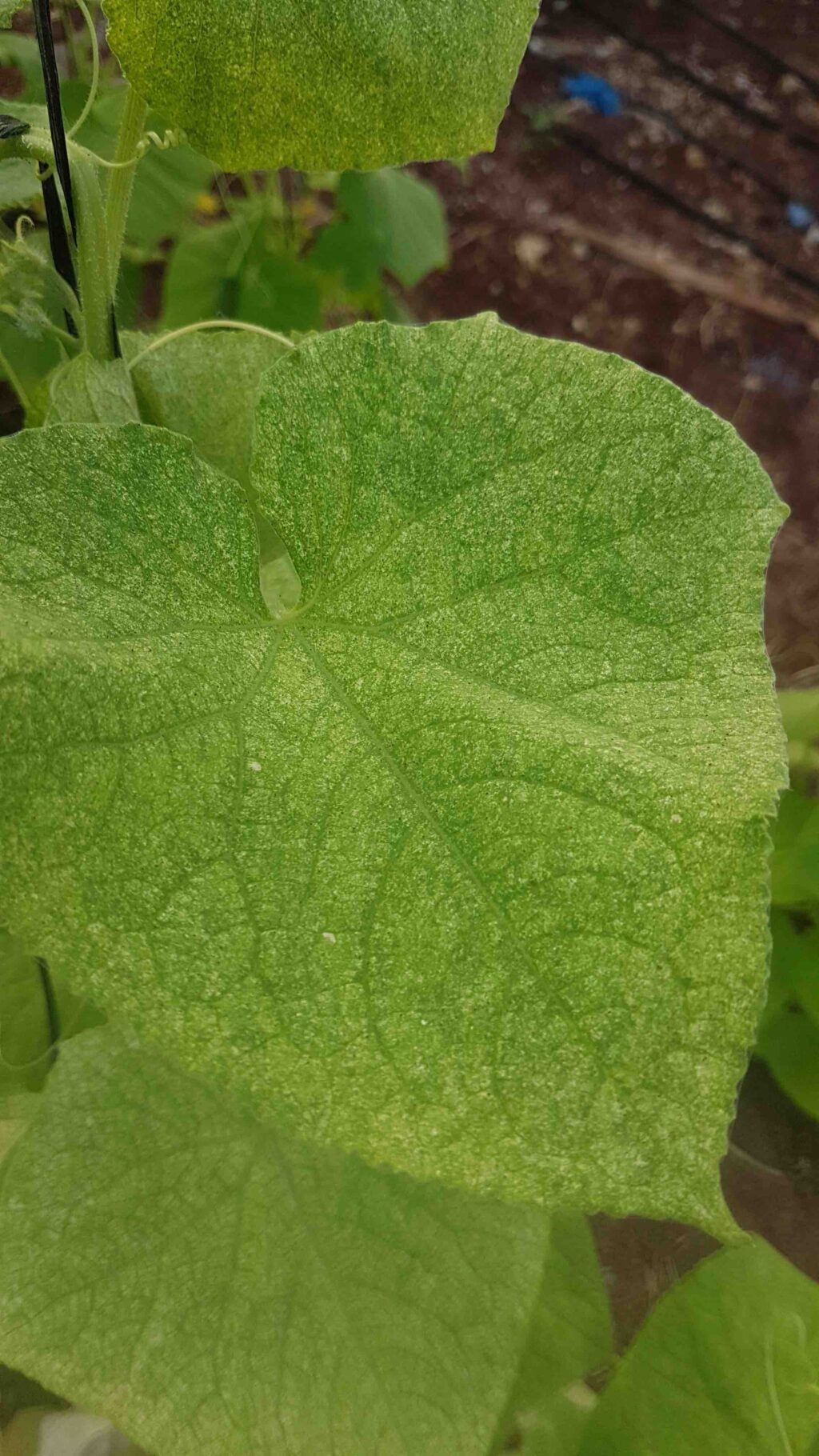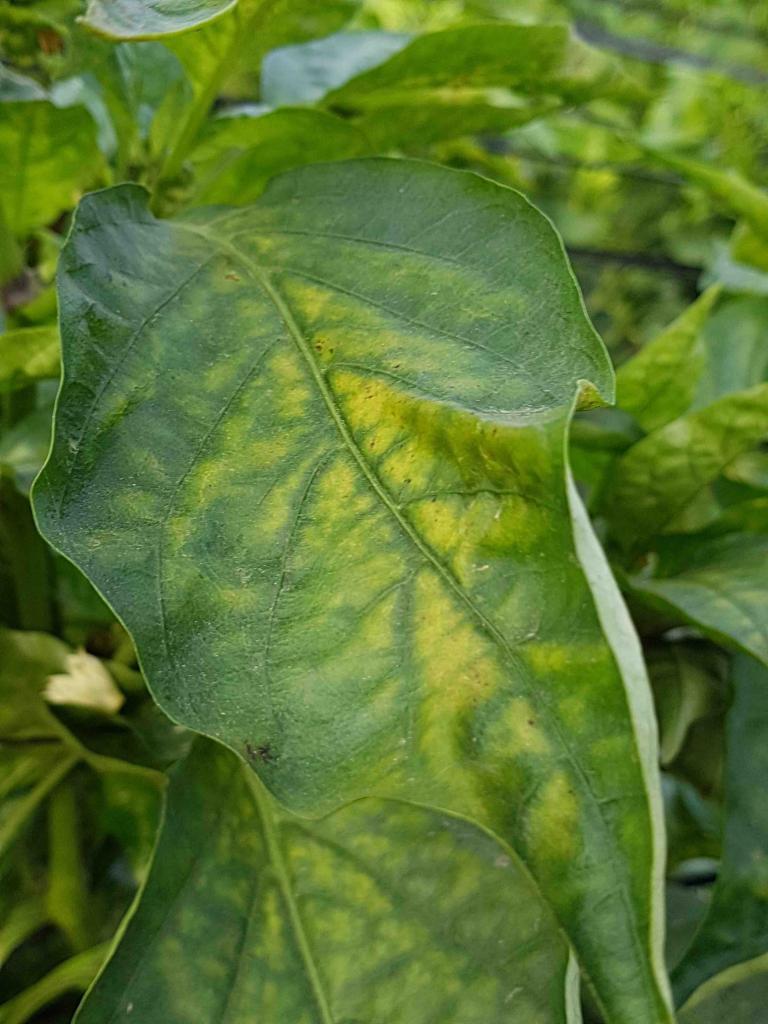Red Mites
There are hundreds of different cultural crops, including peppers, tomatoes, eggplants, cucumbers, squash, watermelon and melon, beans, peas, citrus, papaya, strawberry, shade trees, shrubs, flowers, and more ornamental plants.
Red mites are tiny arthropods that are classified as Arachnida and members of the Tetranychidae family, along with hundreds of different species. They are distributed worldwide and considered a persistent concern for growers in warm, arid, and dry weather regions.
When weather conditions are right, a red mite female can lay up to seven eggs daily and do so on the underside of leaves. Adults feed upon plant tissues leaving yellowish nourishing marks.
Red mites’ presence in fields could go unnoticed until infestation reaches a critical point were damage to plants is clearly visible.
Early detection: Because large populations of mites are hard to deal with and control, an important part of successful red mites management is to catch infestation at the beginning.
Avoid using products that could be lethal to the biodiversity in your field, thus hurting the natural balance that currently exists in the field (and it’s close surrounding.)
The key for controlling red mites is through the application of chemicals. A high spray volume of around 100 liters of water per dunam(0.25 acre) is essential.
The following are insecticides used in one or more parts of the world: befinizate, acequinocyl, cyflumetofen, milbemectin, spiromesifen, abamectin, and pyrimidifen. As a rule of thumb, in most cases, adding mineral or neem oil to the spraying mixture can significantly improve results.
Neem oil
Phytoseiulus persimilis is a well-known commercially available predatory beneficial mite.
*Names marked in red are considered to be highly poisonous to beneficial insects.
*Names marked in green are considered to be organic and IPM (integrated pest management) compatible.
Image Gallery


